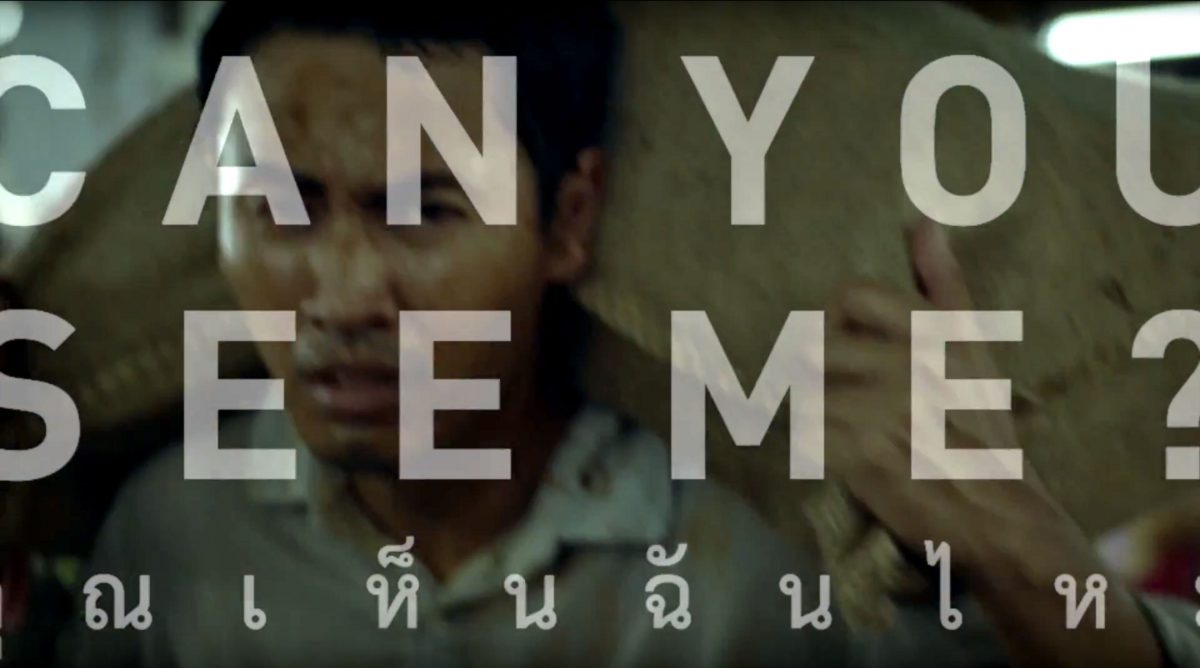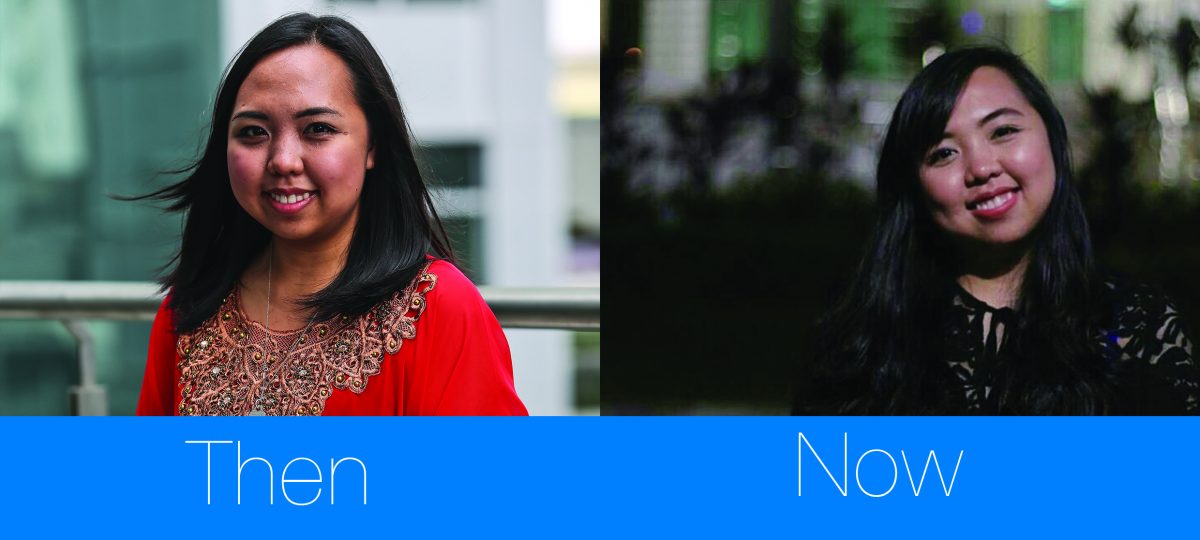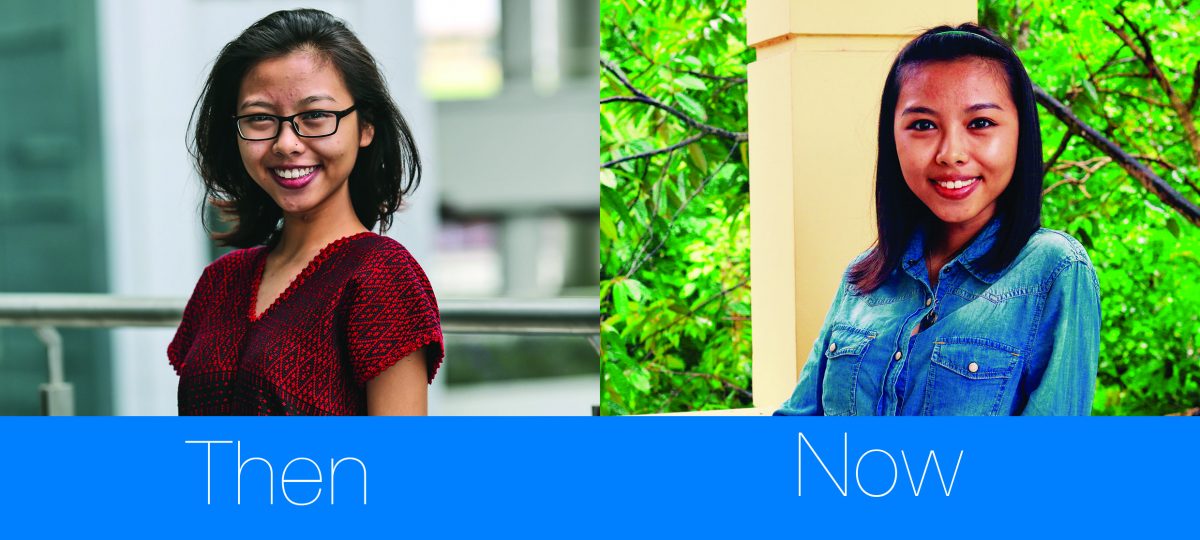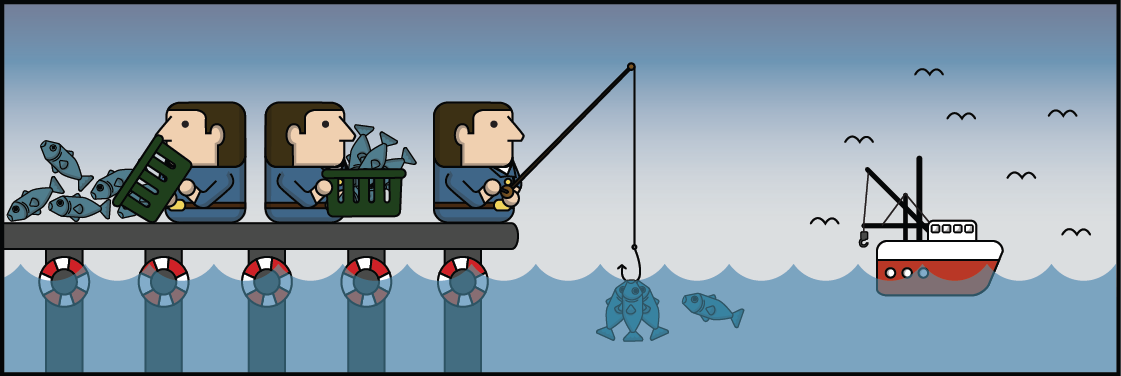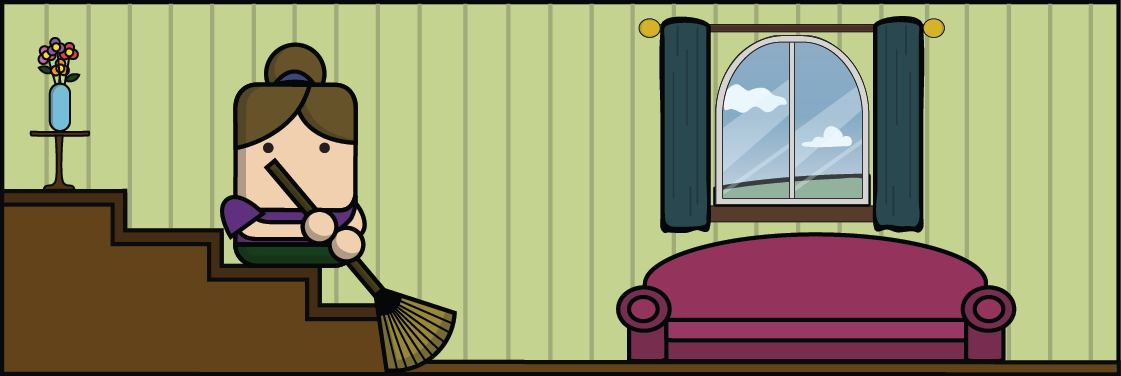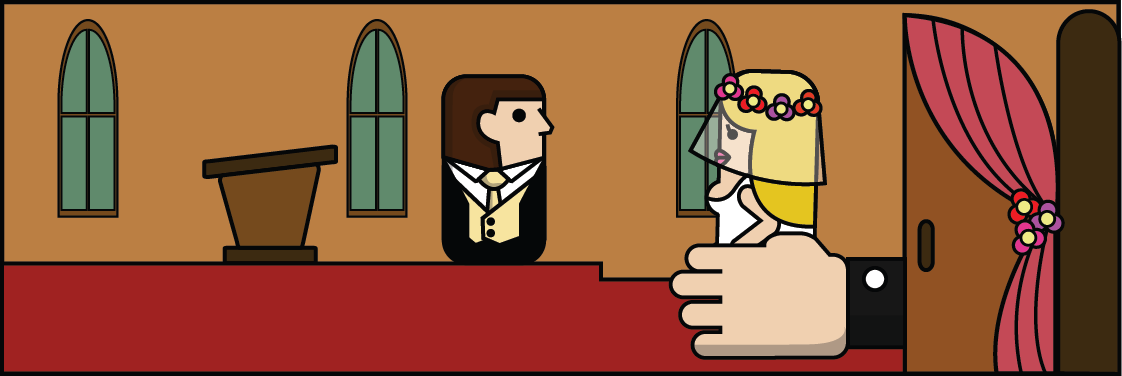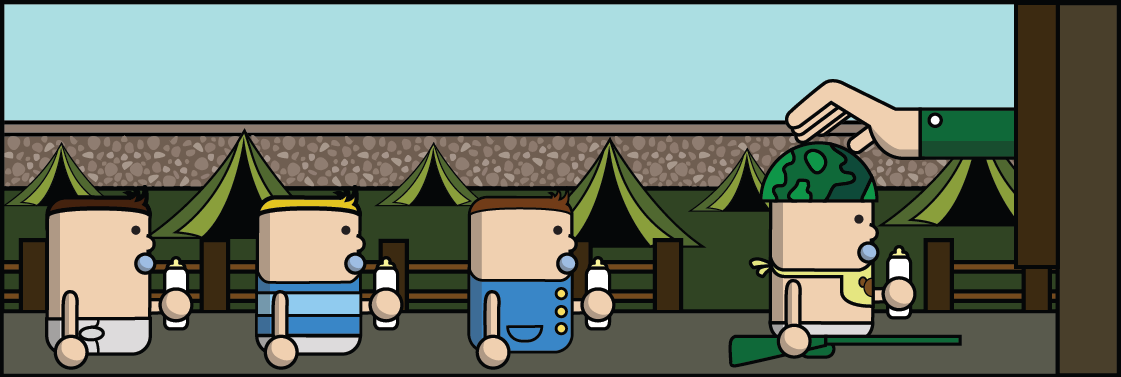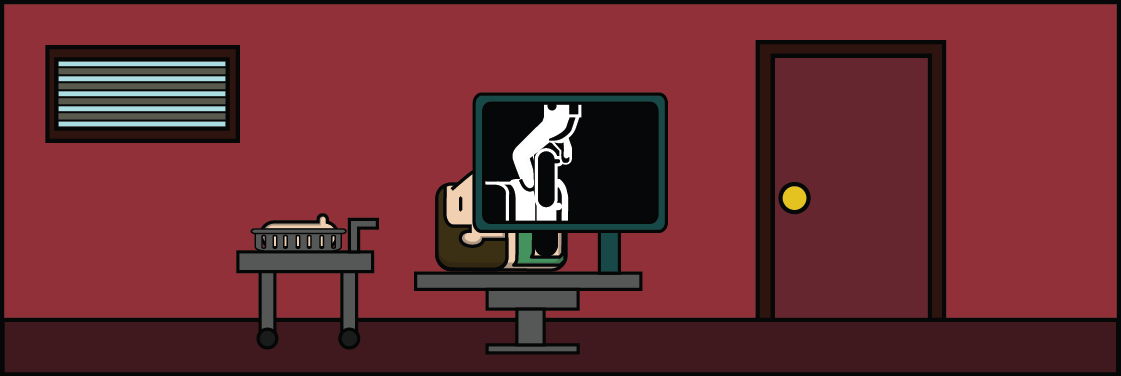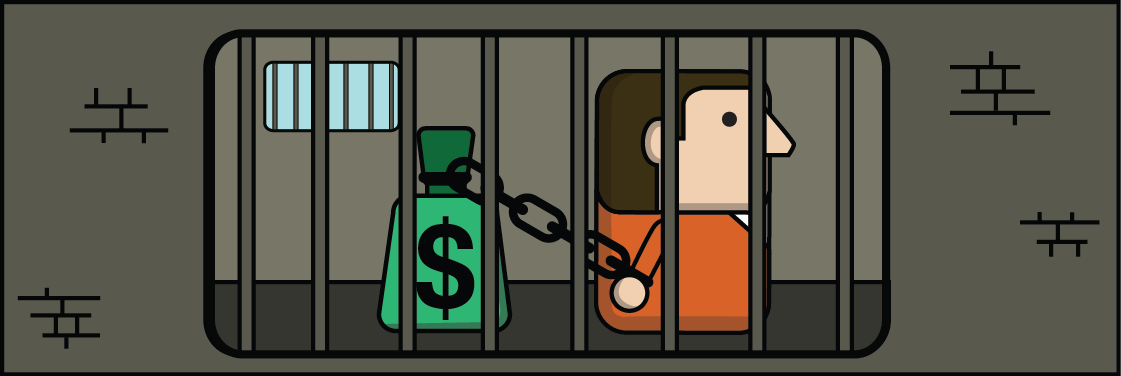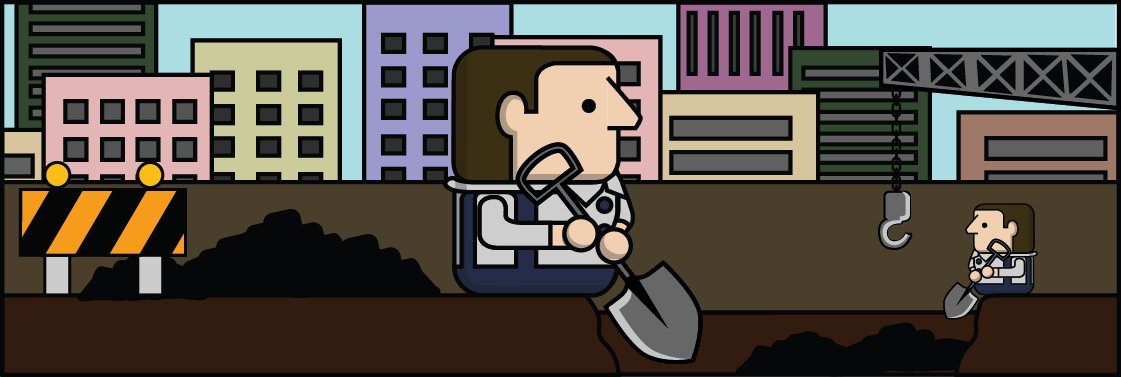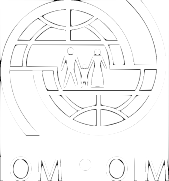SOS! Students opposing slavery come together in Washington.
When we arrived, we were welcomed by Jean Baderschneider, CEO of the Global Fund to End Slavery, and sponsor of the Students Opposing Slavery (S.O.S.) Summit. We stayed with Jean for our entire visit and one of the biggest privileges was hearing about her experiences and learning from what she shared with us during our stay. Our insights on human trafficking were broadened by the time we spent with her. Our knowledge was further enhanced after attending the five-day workshop at President Lincoln’s Cottage. During the workshop, we were able to share our experience with the participants about our experience in organizing awareness-raising events to inspire them to do something in their communities and leverage their own interests and creativity. The participants were mainly from the United States but also included young people from India, El Salvador and Botswana. We were able to learn so many things in the workshop but there were a few things that stuck out to us.
There were three key takeaways that we would like to share from this workshop:
- There is no single definition for human trafficking
If you were tricked into moving to a new country, abused, threatened or denied basic human rights, you are a victim of human trafficking, and that is how we have typically defined it. However, after attending the workshop in the U.S., our perspective on what human trafficking really is changed tremendously. After the first day of the workshop and having insightful conversations with Jean, we quickly learned that human trafficking in the U.S. is something different from what we see in the ASEAN region. In the Southeast Asian countries, we often hear about people from our neighbouring countries who have been deceived into thinking they will have better lives through false job or study opportunities. In the United States however, teenagers and kids are often exploited in the sex industry. They won’t necessarily have to leave their homes to be trafficked and that was something really shocking to learn.There are so many cases like this happening because there is not enough awareness amongst the younger generation in the U.S. We learned that in the U.S., because it’s such an advanced country, people usually assume that there is little to no human trafficking happening. The U.S. is in Tier 1 in the Trafficking In Persons Report, which means that there are a lot of efforts to eradicate the issue.
- There is so much more that needs to be done
One thing that really inspired and motivated me was seeing how the U.S.is progressing to eradicate the issue of human trafficking. In one of the sessions, Bradley Myles, Chief Executive Officer of Polaris, talked about how he joined the fight against human trafficking. He was a college student when he started interning for Polaris and that was when Polaris had just started working together with the police. Back then, he said that even though police would find situatons of human trafficking around Washington, D.C., there was no platform for the police to direct the cases to. So Polaris started distributing its phone numbers to the police and that was the start of how Polaris came about. To date, Polaris has one of the biggest databases of hotline numbers dedicated to help with cases of human trafficking whenever it occurs. It was eye opening, yet inspiring, to hear aboutthese wonderful achievements. It is motivating to know that a country like the U.S. was once in a similar position, in terms of human trafficking prevention, to some of the countries in Southeast Asia, but it is showing progress. Though we progress slowly, we are helping to curb the situation one step at a time.
- Think of what you can do
During our journey to President Lincoln’s Cottage for the workshop, Jean told us her story of how she got involved in the fight against human trafficking. She was in an airport in Africa when she witnessed a little girl in the process of being trafficked to another country. She tried to stop that from happening but was helpless. She was not able to save the little girl. When she came back from that trip, she knew that she needed to do something to ensure she would never have to watch that happening again. Often times, people brush off the topic of fighting against human trafficking because they don’t think there is anything that they can do to really make a difference. That wasn’t the case for Jean. Even alone, she was able to do a lot to fight human trafficking and change the world. She started by making sure the company she was working for had fair trade suppliers, and she became more aware of the brands she supports and buys from. Additonally, she has made tremendous changes to the mindsets of the people around her. It was remarkable to see how much change she was able to bring the moment she started thinking about what she could do. When Shalinee and I were there, we realized that one of the issues we have is that people are reluctant to think of what they can do themselves and instead look at what the government, authorities or organizations can do. Once you’ve realised that you can make a difference yourself, it will have a greater impact than anything else. As they say, change starts from home.
New Su Shern and Shalinee Chandar are members of the youth-led counter-trafficking organization Project Liber8, based in Malaysia. Shern started Project Liber8 in 2011 and IOM X has collaborated with them on workshops to educate and inspire young people in Malaysia and Thailand to take action to stop human trafficking.
(English) Editor’s choice

(English) Where are they now?: Joey, Philippines
sorry not available!

(English) Where are they now?: Joey, Philippines
sorry not available!

